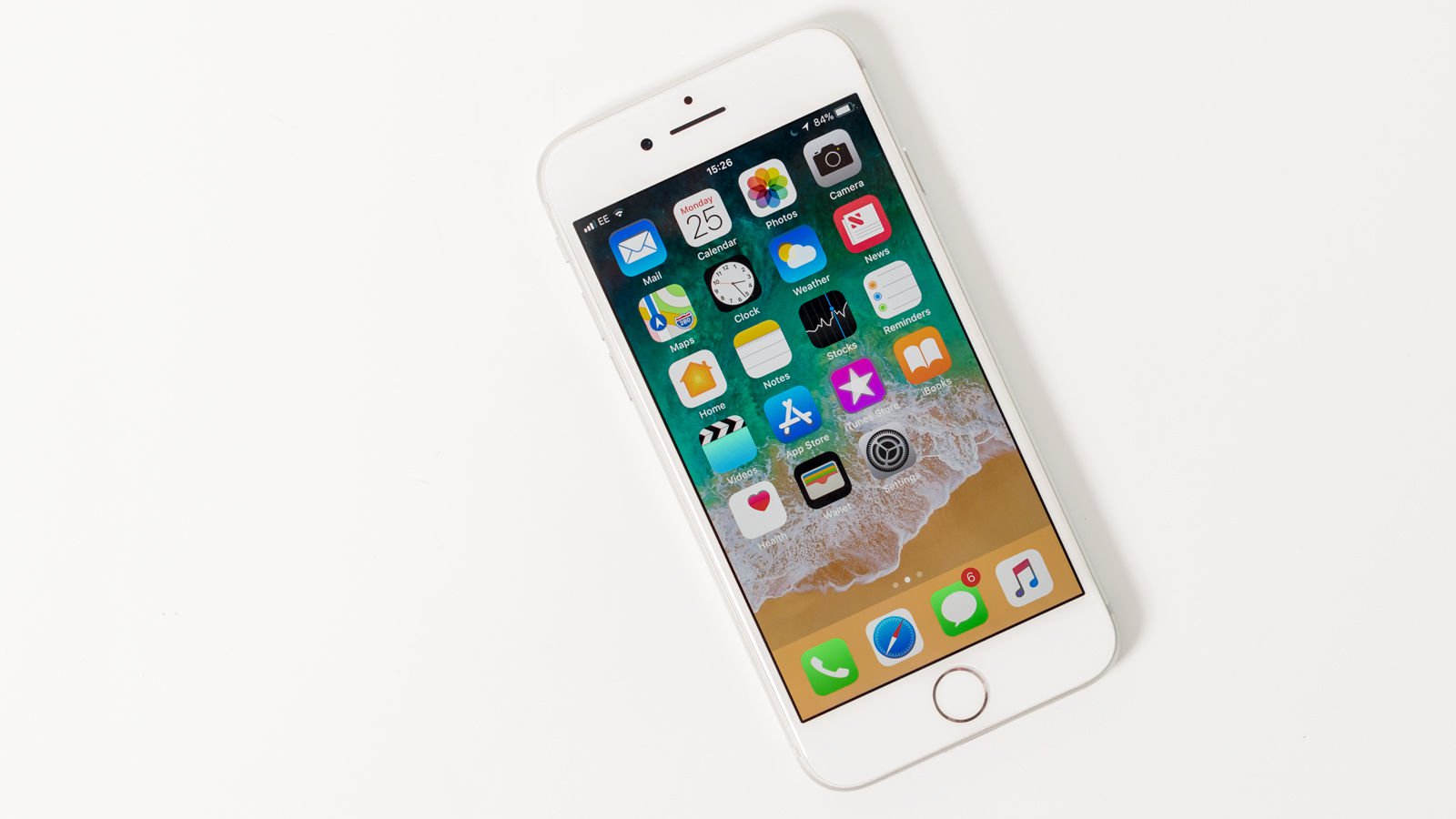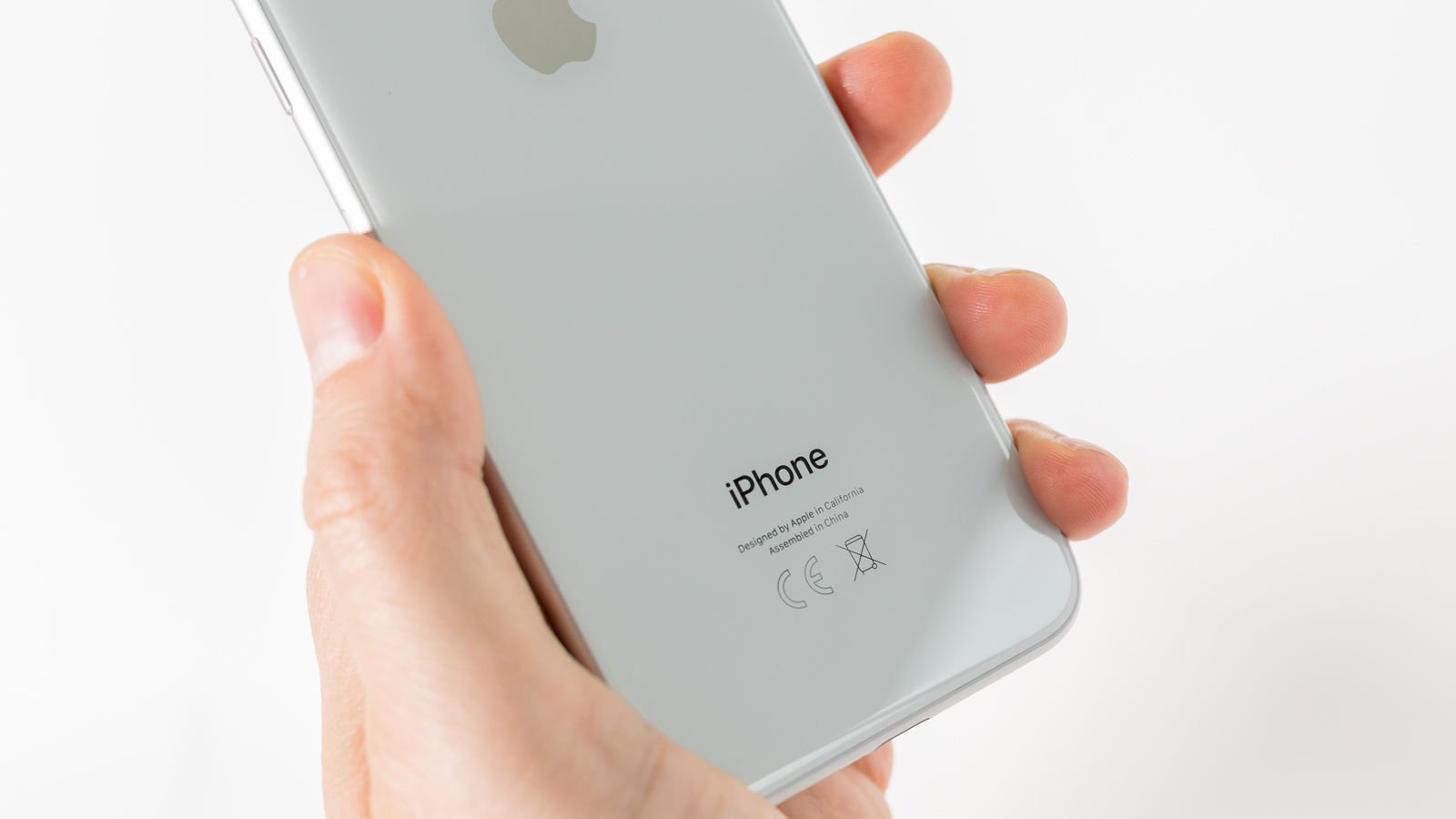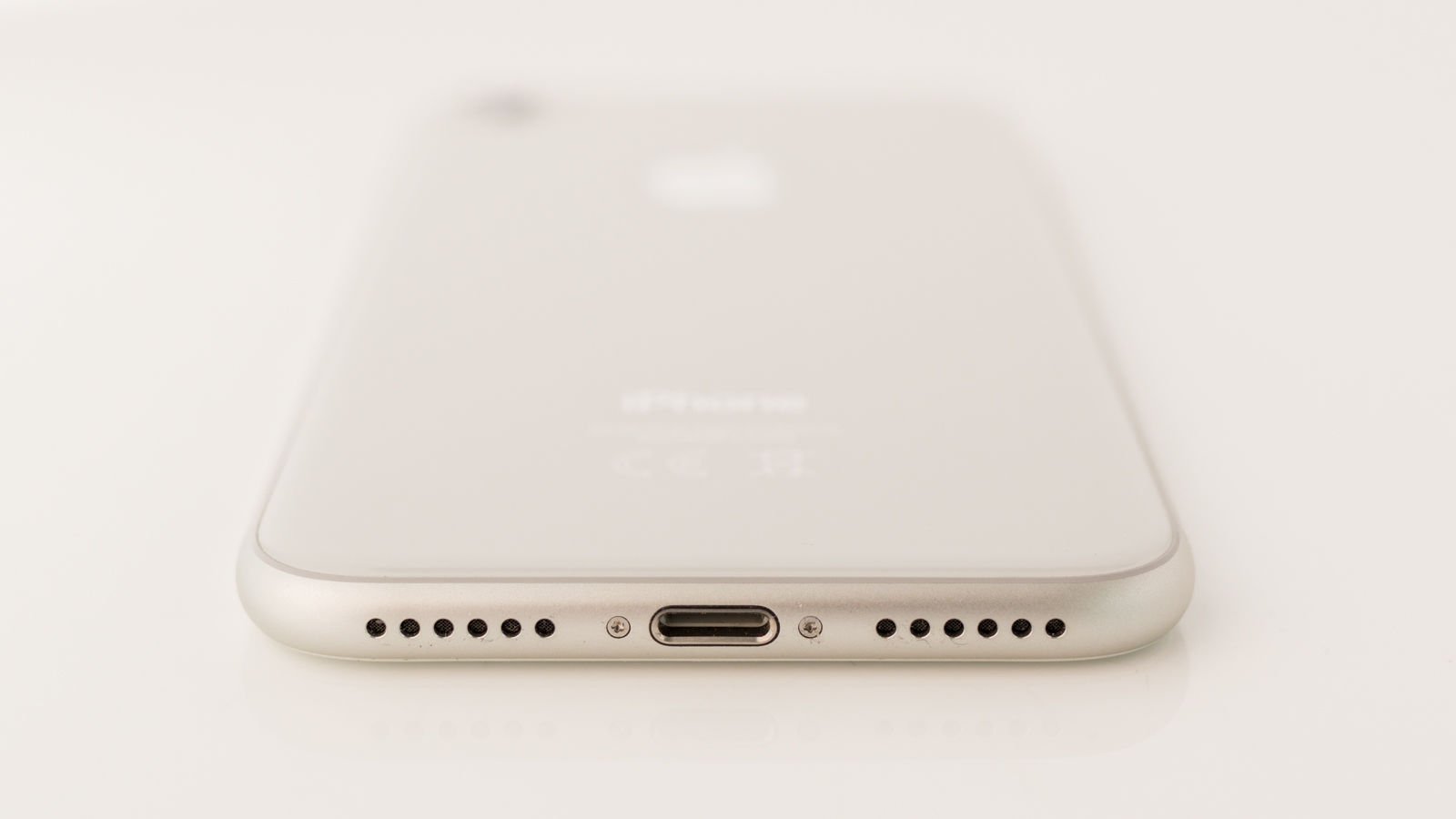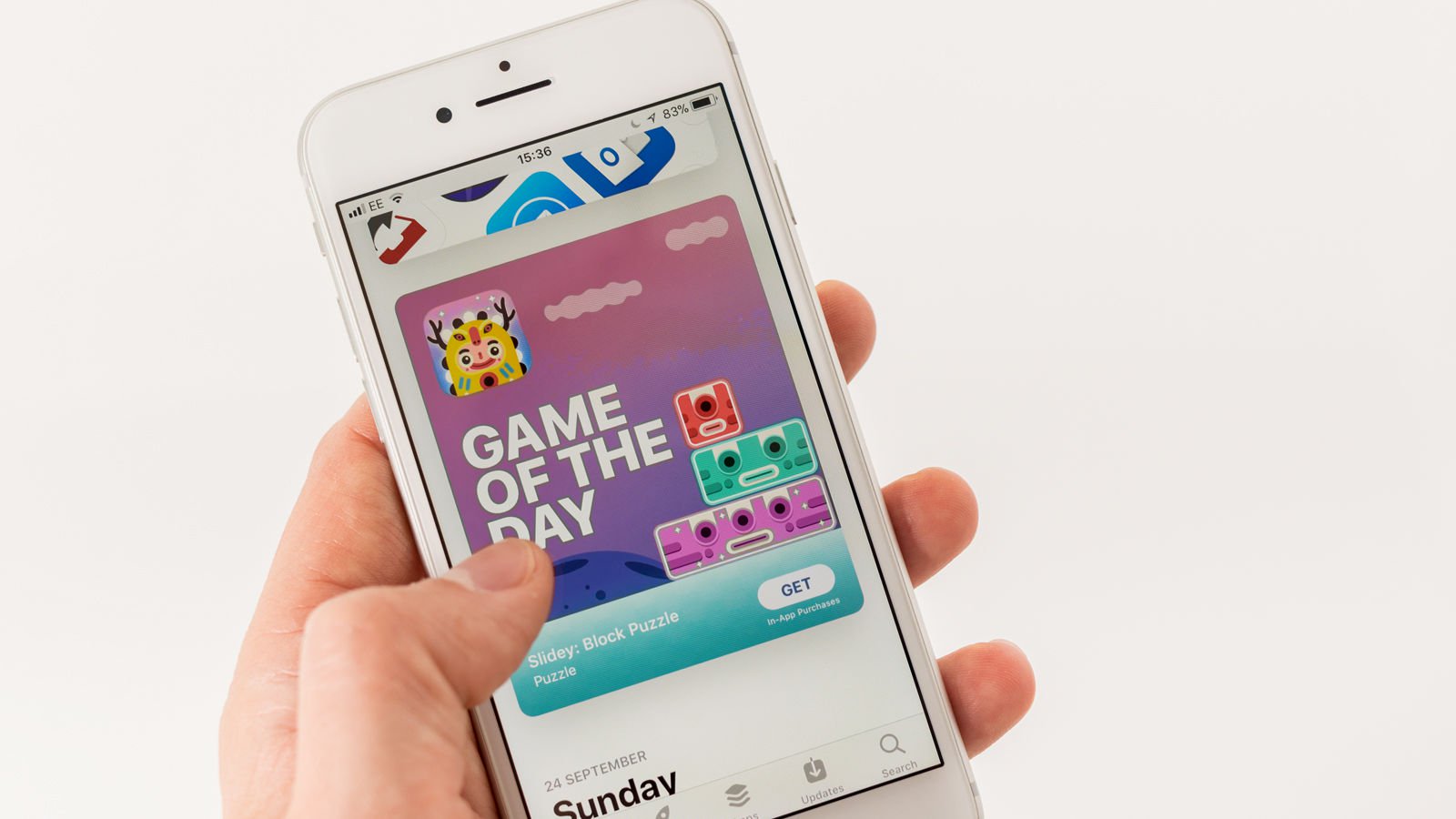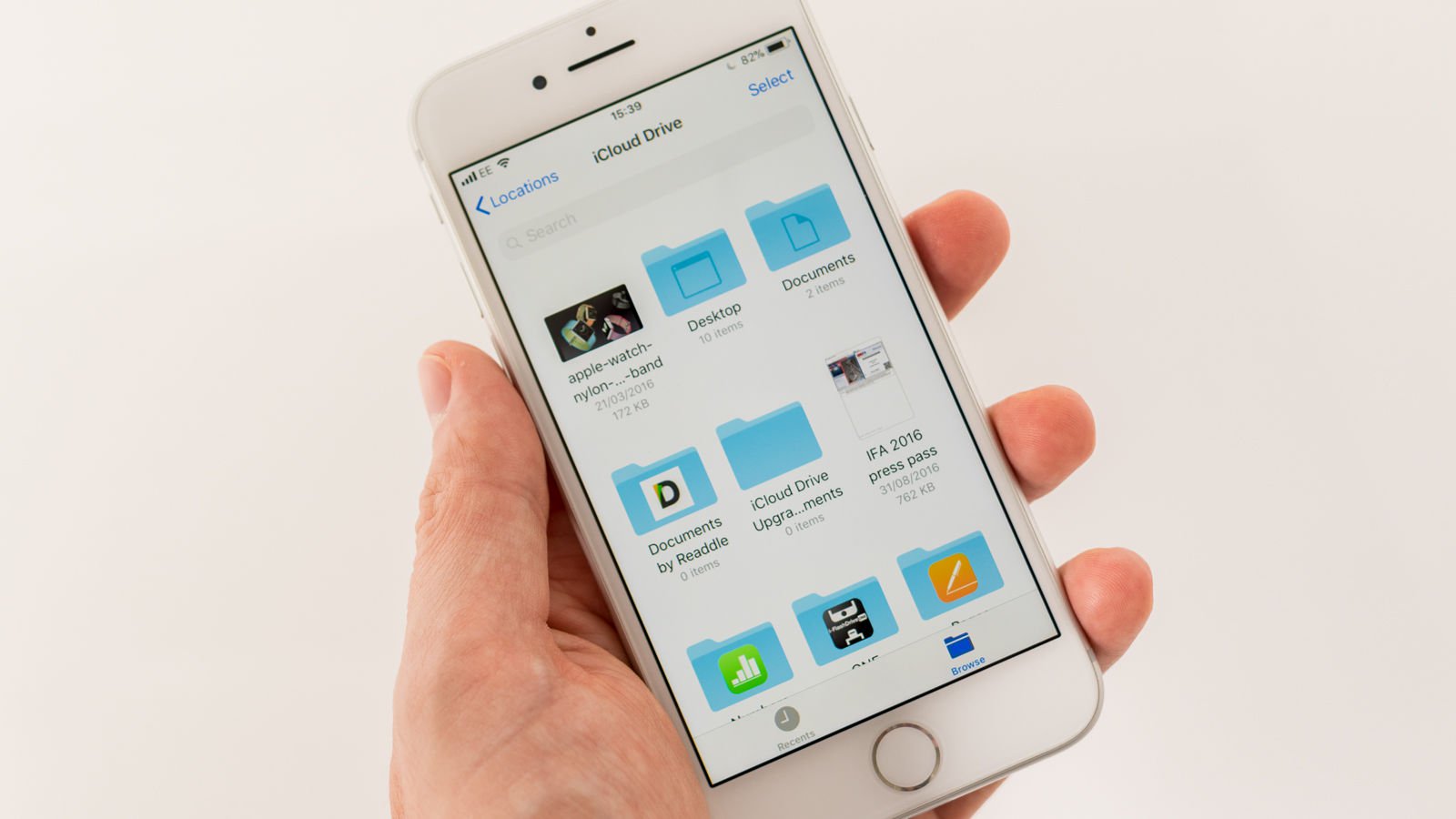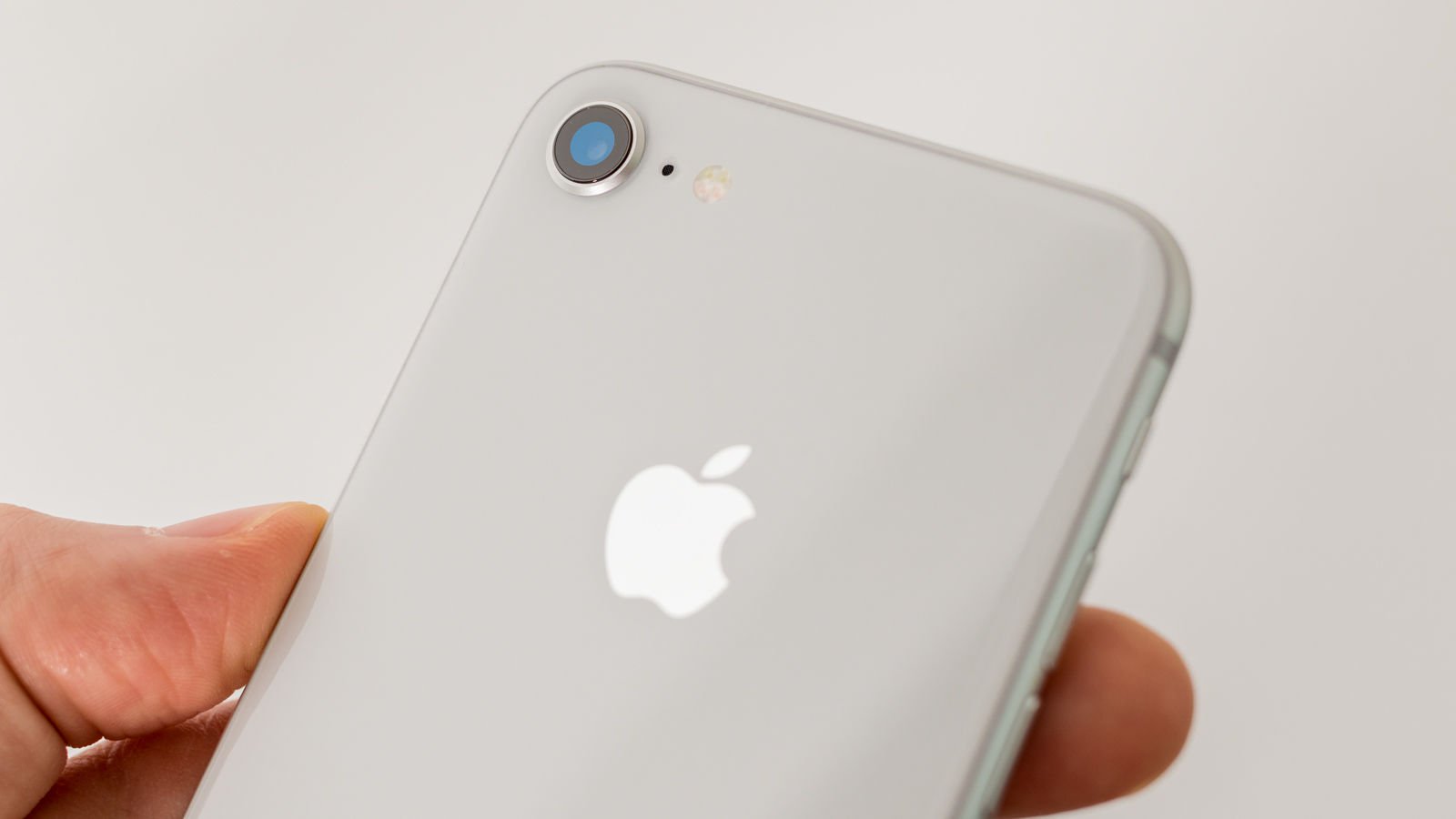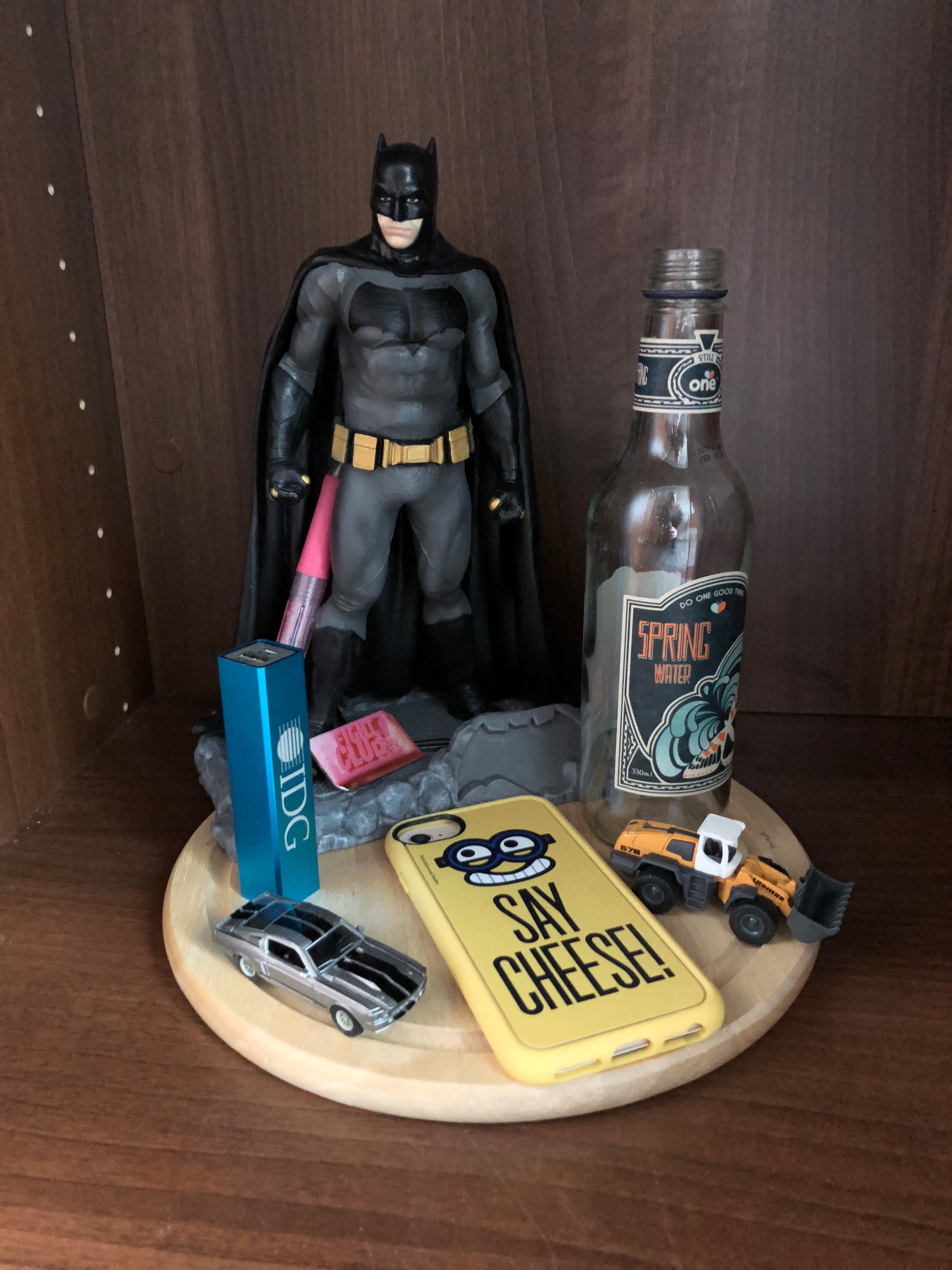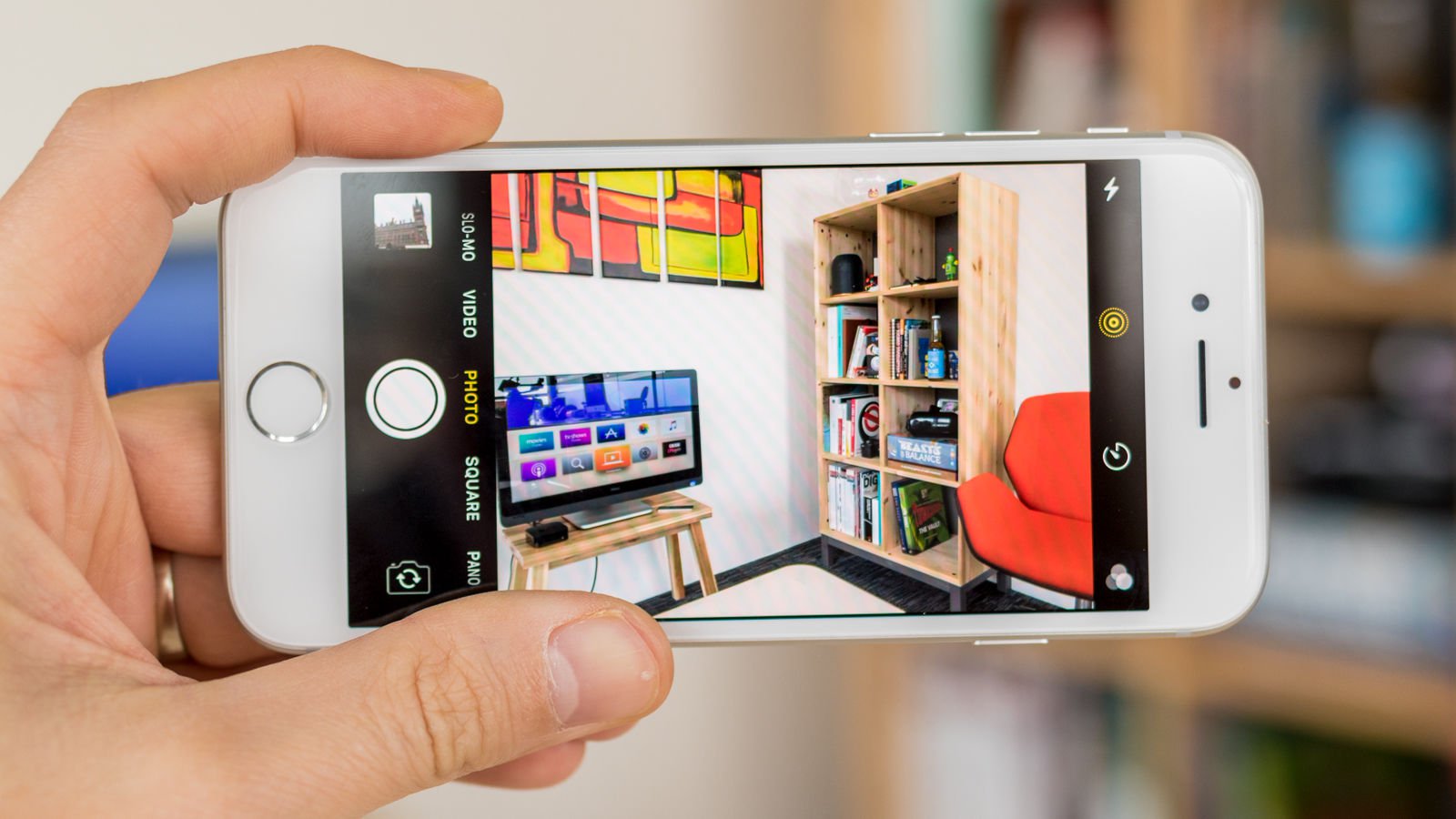Apple announced three new iPhones at its special event on 12 September 2017, the iPhone 8, iPhone 8 Plus, and the iPhone X (pronounced iPhone Ten). If you are thinking about upgrading your phone, you are likely to be wondering which new model will suit you best.
If you want a bigger screen, you have the choice of the iPhone 8 Plus and the iPhone X. Here you will have to weigh up the high price of the iPhone X against the bigger and heavier handset of the iPhone 8 Plus.
If you are not keen on the idea of a large handset you have the choice of two phones, the iPhone 8 and the iPhone X. These two iPhone models are smaller and lighter than the iPhone Plus models.
Alternatively, you may be excited by the new features of the iPhone X but wondering whether you really need to pay around £1,000, or if the iPhone 8 or 8 Plus will give you the features you want the most.
You can read our reviews of the iPhone 8, iPhone 8 Plus, and the iPhone X here, below we will weigh up the differences between the three handsets to help you decide which one is best for you.
iPhone X vs iPhone 8: At a glance
If you"re looking for a quick comparison of the iPhone 8, iPhone 8 Plus and iPhone X, you can find that in the table below. For a more in-depth look at the difference between the two, read on.
| iPhone 8 | iPhone 8 Plus | iPhone X | |
| iOS | iOS 11 | iOS 11 | iOS 11 |
| Colours | Gold, Silver, Space Grey | Gold, Silver, Space Grey | Silver, Space Grey |
| Display | 4.7in Retina HD (1334x750, 326ppi) IPS | 5.5in Retina HD (1920x1080, 401ppi) IPS | 5.8in Super Retina Display (2436x1125, 458ppi) OLED |
| Processor | Apple A11 Bionic, M11 co-processor | Apple A11 Bionic, M11 co-processor | Apple A11 Bionic, M11 co-processor |
| Storage | 64GB/256GB | 64GB/256GB | 64GB/256GB |
| Rear camera | 12Mp, f/1.8, 5x digital zoom, quad-LED flash | 12Mp wide-angle, f/1.8, OIS + 12Mp telephoto, f/2,8, optical zoom, 10x digital zoom, Portrait Lighting, Portrait Mode, quad-LED flash | 12Mp wide-angle, f/1.8, OIS + 12Mp telephoto, f/2.4, OIS, optical zoom, 10x digital zoom, Portrait Lighting, Portrait Mode, quad-LED flash |
| Front camera | 7Mp FaceTime HD, f/2.2, 1080p video | 7Mp FaceTime HD, f/2.2, 1080p video | 7Mp FaceTime HD, f/2.2, 1080p video |
| Video recording | 4K at 24/30/60fps, 1080p slo-mo at 240fps | 4K at 24/30/60fps, 1080p slo-mo at 240fps | 4K at 24/30/60fps, 1080p slo-mo at 240fps |
| Biometric security | Touch ID | Touch ID | Face ID |
| Wireless charging? | Yes | Yes | Yes |
| Waterproofing | IP67 | IP67 | IP67 |
| Dimensions | 67.3x138.4x7.3mm | 78.1x158.4x7.5mm | 70.9x143.6x7.7mm |
| Weight | 148g | 202g | 174g |
| Price | £699/£849 ($699/$849) | £799/£949 ($799/$949) | £999/£1,149 ($999/$1,149) |
| Buy SIM-free | From Apple | From Apple | From Apple |
| Buy on contract | From Carphone Warehouse | From Carphone Warehouse | From Carphone Warehouse |
Availability
This could well be the deciding factor. The iPhone 8 and the iPhone 8 Plus are available, and there is plenty of stock so you don"t need to wait to get your hands on one.
The iPhone X, on-the-other-hand, went on sale on Friday 3 November, but the units available in Apple Stores ran out quickly. Those who pre-ordered an iPhone X on 27 October, might have been lucky enough to get delivery on Friday 3 November, but for many the expected delivery date was days, or even weeks, later.
Current shipping dates for the iPhone X are 3-4 weeks (as of 13 November). To fid out where you can get an iPhone X, check out our guide to how to get an iPhone X here.
So, if you are lucky you might be able to get an iPhone X before Christmas, but expect dates to slip further - it is anticipated that supply of the iPhone X will be constrained even into the new year.
Of course it may be the fact that there aren"t many iPhone X"s that is its appeal. If you want the prestige of owning the latest and greatest Apple handset when very few other people have one, then this is probably the iPhone for you! Good luck getting your hands on one!
Size
As we said above, the iPhone 8 and the iPhone X are both smaller than the iPhone 8 Plus (and other Plus models).
Here’s how the dimensions of the iPhone X and iPhone 8 compare:
- The iPhone X measures 143.6mm by 70.9mm, and is 7.7m thick.
- The iPhone 8 is 138.4mm by 67.3mm and is 7.3mm thick.
- The iPhone 8 Plus is 158.4mm by 78.1mm and is 7.5mm thick.
So, as you can see, the iPhone 8 is smaller and thinner, but only slightly. That’s difference of half a centimetre in height and even less than that in width. And as for that half a millimetre difference in depth, we don’t think it will really be noticeable.
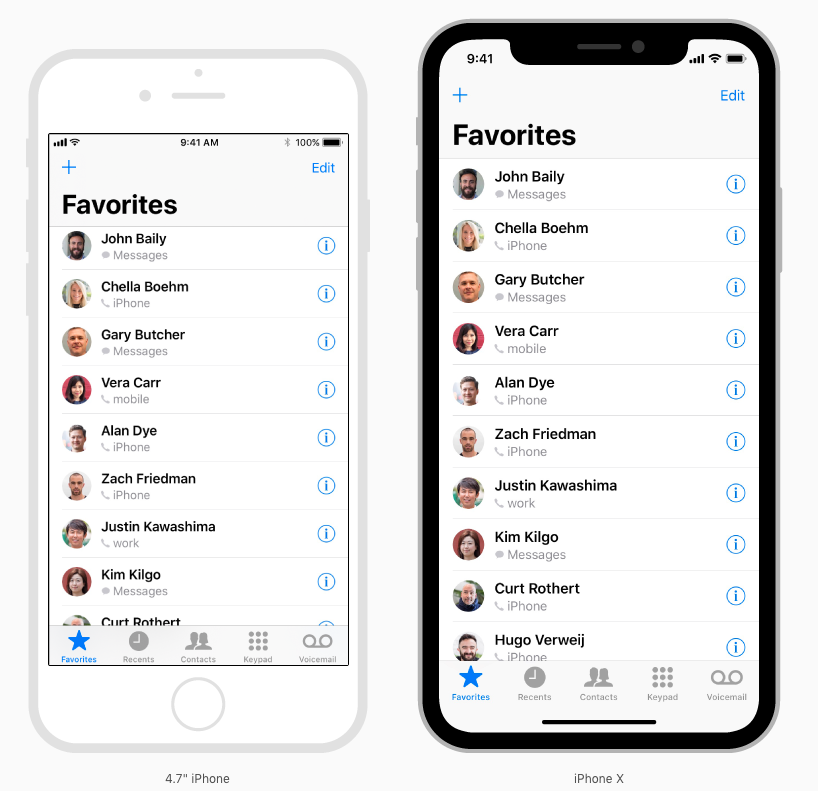
So if your choice was going to be based on the size and shape of the iPhone then there is very little difference here.
When it comes to weight, the difference is greater, however.
- The iPhone X weighs 174 grams.
- The iPhone 8 weighs 148 grams.
- The iPhone 8 Plus weighs 202 grams.
So here the iPhone 8 wins - with a difference of 26 grams. Apparently a teaspoon of sugar is roughly equivalent to 4 grams, so that’s about 6-7 spoonfuls of sugar, enough for a very sweet cup of tea, but we doubt that it will weigh you down all that much.
Conclusion:
So, if it’s a small iPhone you are looking for then there is not really a significant difference here. It’s certainly not worth disqualifying the iPhone X over a few millimetres in size, and with just 26 grams between them, the iPhone X is hardly going to feel hefty in comparison to the fractionally lighter iPhone 8.
If you really want a small iPhone then there is another iPhone you could consider. The iPhone SE is Apple"s smallest iPhone:
- The iPhone SE measures 123.8mm by 58.6, is 7.6mm thick.
- It weighs 113 grams.
We’d recommend that you hold off buying one of them though as we expect Apple to update it next year, read: iPhone SE 2 release date.
Screen size
The iPhone X and iPhone 8 may be almost identical when it comes to size and weight but there is one very big difference: the size of the screen.
- The iPhone X has a 5.8-inch Super Retina HD display.
- The iPhone 8 has a 4.7-inch Retina HD display.
- The iPhone 8 Plus has a 5.5-inch Retina HD display.
When it comes to screen size it looks like there is one clear winner here, the iPhone X. However that 5.8-inch diagonal measurement is deceptive.
If you measure the screen"s height and width the results are:
- iPhone X screen is 62 x 135mm.
- iPhone 8 Plus screen is 69 x 122mm.
- iPhone 8 screen is 59 x 105mm
So, there is a world of difference between the iPhone 8 and the iPhone X screen, but in terms of the iPhone 8 Plus, there is just an extra 13mm in height on one phone and an extra 7mm in width on the other.
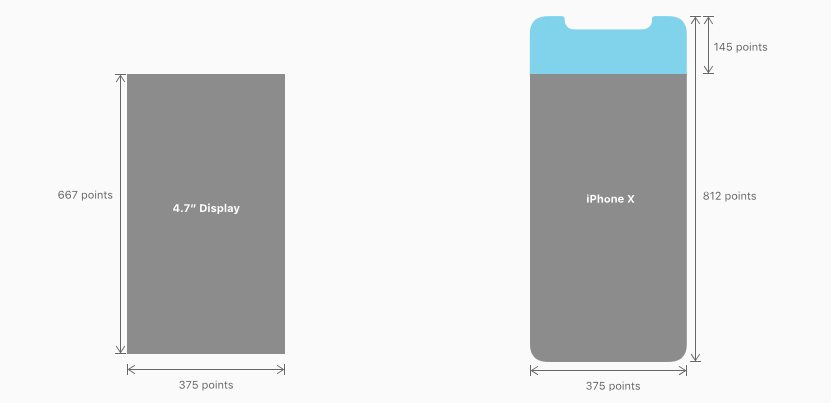
Except even that extra 13mm isn"t entirely accurate.
If you exclude the iPhone X notch (the area at the top of the display that houses the Face ID camera) from that measurement then the screen is more accurately 62mm across x 130mm down (so 8mm longer than the 8 Plus). But it’s still bigger than the iPhone 8 Plus, and given that the handset is itself smaller, that is something to celebrate.
Except that, because the iPhone 8 Plus is a bigger handset, the screen can be wider. And there are lots of reasons why a wider screen can be beneficial (not least if you are working on a Pages document in portrait mode).
But for many the iPhone Plus series is just too big and cumbersome to hold comfortably. The choice isn"t really about screen size, but rather it is about how much of a sacrifice you are prepared to make to get a larger screen.
- The iPhone 8 Plus has a large screen, but it"s a large phone and may be uncomfortable to hold.
- The iPhone X has the longest screen, but it"s no wider than the iPhone 8
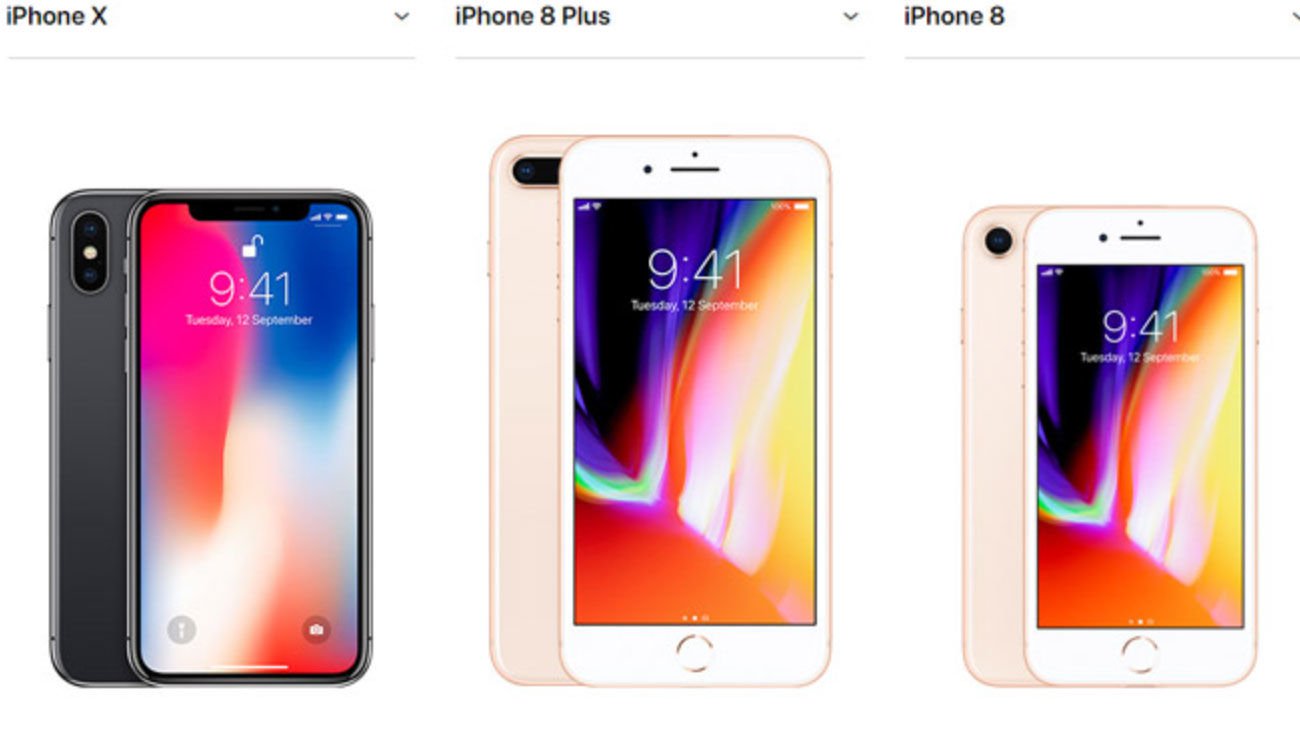
Put that way, it"s hard to recommend one phone over the other in terms of the screen size. It depends on what you want.
Conclusion:
The first question is: Do you want an iPhone screen that is longer, or an iPhone screen that is wider.
The second question is: Will you be using your iPhone to watch movies and TV shows filmed in 16:9 aspect ratio, because where the iPhone 8 and 8 Plus are 16:9 screens, the iPhone X screen is a 19.5:9 screen and as a result you may end up choosing to watch movies in a letterbox format rather than crop elements.
The third question: Does any of this matter if you just want a smaller handset.
If you want a really big screen on your full-screen iPhone you might be wise to wait until next year when it"s rumoured Apple might introduce an iPhone X Plus.
Screen quality
There is one other thing to say about the display on the iPhone X - it"s an OLED screen that Apple is calling a Super Retina display.
- The iPhone X display has a TrueTone, 2436x1125-pixel resolution at 458 ppi, with 1,000,000:1 contrast ratio.
- The iPhone 8 display offers a Retina Display, 1334x750-pixel resolution at 326 ppi, and a 1400:1 contrast ratio.
- The iPhone 8 Plus display is a Retina Display, 1920x1080 pixel resolution at 401 ppi, and a 1300:1 contrast ratio.
This is the first time an iPhone has been available with an OLED screen. OLEDs have a lot of excellent features including absolute blacks - hence that 1,000,000:1 contrast ratio - and a wider viewing angle.
When we used the iPhone X we were impressed. Colours were bold and bright, and the whites more true to life, also perhaps a shade more yellowy than on the iPhone 8 Plus, which seemed have a bluer tint. In comparison to the iPhone 8 Plus dark areas were brighter and clearer. This is thanks to the other feature of the screen - HDR (high dynamic range) - which expands the range of both contrast and colour.
When we watched dark scenes in movies there was a lot more clarity on the iPhone X than on the other iPhone models.
The problem with OLEDs is they can suffer from screen-burn - a ‘ghost’ image that remains on the screen (something plaguing the Google Pixel 2), colour shifting can also be a problem. Apple says that it has taken steps to guard against this.
Conclusion:
The OLED screen on the iPhone X is a sight to behold, especially thanks to the incorporation of HDR. But we feel the dimensions of the screen are the wrong aspect ratio to really enjoy movies, and we are slightly apprehensive about some of the issues OLEDs are known for.
Camera
All three phones have a 12MP camera on the back but there are some key differences.
The iPhone X and the iPhone 8 Plus actually has two cameras on the back. That’s a ƒ/1.8 aperture wide-angle and ƒ/2.4 aperture telephoto camera, which combine to create the stunning portrait shots with the blurred background that those phones can take. The iPhone X and Plus also have an optical zoom and can digital zoom up to 10x.
The iPhone 8 just has the one 12MP camera on the back with a ƒ/1.8 aperture, so it can’t take the fancy portrait shots, and it’s digital zoom goes to 5x.
Another dfference is the fact that the rear-facing lenses on the iPhone X both have optical image stabilisation (OIS), which should equal better low light, while only the wide-angle lense on the iPhone 8 Plus has this.
In our photo tests we found that macro photos taken with the iPhone X were better than those on the iPhone 8 Plus, and the additional OIS is probably the reason for that.
There is also new technology in the A11 Bionic chip that allows Apple to go a step further with this portrait photography in the iPhone X and 8 Plus. The "Neural Engine" in the image signal processor can allow you to change the lighting conditions after taking the photograph.
Portrait Lighting options include Natural Light, Studio Light, Contour Light, Stage Light, and Stage Light Mono. The latter two options black out the background while the other options change how the light appears to fall on your face.
We love the portrait shots we take with our iPhone 7 Plus so we’d recommend getting a phone with that capability.
If you take a lot of shots of people and would like to create the bokeh effect then we think you’d love this feature of the iPhone X. If you don’t know what the bokeh effect is we’d probably suggest you don’t really need it.
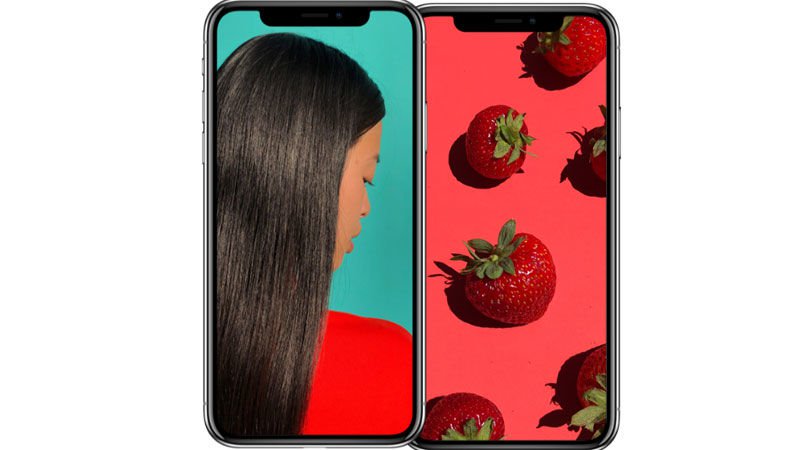
Turning to the camera on the front of the iPhones. The selfie/FaceTime camera on the front of the iPhone X is different to that found on the iPhone 8 and 8 Plus.
On the iPhone 8 models you will find a 7MP FaceTime HD camera with Retina Flash (the same as on the iPhone Plus) but on the iPhone X there is a 7MP TrueDepth front camera with Portrait mode and Portrait Lighting.
This TrueDepth camera is what makes Face ID possible - as we will explain later.
In terms of taking photos, the TrueDepth camera on the front of the iPhone X can take what Apple is calling Portrait Mode Selfies. In other words, the front facing camera can take photos with a sharp foreground and an artfully blurred background to create the same bokeh effect that the two cameras on the back of the iPhone X and Plus can achieve.
Conclusion:
When it comes to cameras the X gives you the extra image stabilisation and Portrait Mode Selfies.
The iPhone 8 Plus is more than adequate if you don"t want to spend your days taking selfies (and we can"t help but think that the people who do that are all using Snapchat anyway).
However, the camera in the iPhone 8 is still great, so, if you aren’t bothered by the addition of the rear-facing Portrait Mode, the iPhone 8 is more than adequate.
The missing Home Button
There is one huge difference between the iPhone X and the iPhone 8 and 8 Plus and it may be the thing that turns you off the iPhone X altogether.
The trade off for getting the bigger screen on the iPhone 8 is the demise of the Home Button. Yes, the trademark Home Button, which was perhaps as part of a design of the iPhone as the click wheel was on the iPod, has gone.
The removal of the Home Button means that Apple needed to make some changes to the iPhone interface. So if you were to buy an iPhone X you would have to learn a new way to navigate the interface. You may adapt to this quickly, or you may find yourself frustrated. It depends on how willing you are to embrace change, and how intuitive the new way of interfacing with the iPhone is.
We have this article that explains how to use the new iPhone X, and all the new gestures that you will have to learn. When we used the iPhone X for a short time we found we quickly adjusted to the new gestures.
Conclusion:
We found that it was a lot easier to get used to the different gestures on the iPhone X than we expected, but we still feel that the Home button was more intuitive and it is frustrating to feel that you have to perform extra steps to do things that previously only took one button press.
Face ID v Touch ID
There is another change as a result of the missing Home Button. Touch ID, Apple’s fingerprint recognition system for securing your phone so that only you could open it, and allowing you to pay for things using Apple Pay, has been replaced with Face ID.
We feel a bit sad about the loss of Touch ID on the iPhone X. We liked the simplicity of being able to unlock our phone just by touching the Home Button, and we enjoyed being able to use our iPhone to pay for things in shops. With Face ID you will unlock your phone by looking at it. Read our comparison review of Face ID versus Touch ID.
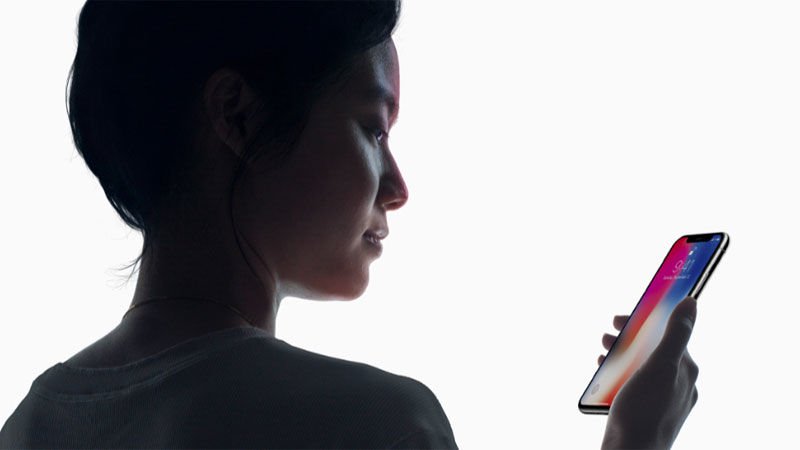
There is a lot of concern buzzing around the web about how reliable Face ID will be, how secure it will be, and how it will be implemented.
Apple’s demo on stage during the keynote did little to convince people of its reliability - with it appearing to fail (although Apple is saying it wasn’t correctly set up rather than it failed to recognise the presenter).
In terms of whether anyone could hack into your phone using Face ID, Apple says that Face ID is more secure than Touch ID. According to Apple, there is only a one in a million chance that Face ID would allow someone else to unlock your iPhone - that someone would have to be your doppelgänger, as Face ID can’t be fooled by masks or photos. (Or so Apple says, Face ID has apparently been hacked by using a mask - we have the low down on this and other problems with the iPhone X here.)
Touch ID, on the other hand, has a one in 50,000 chance of being cracked by someone else fingerprint. (It strikes us that it would be easier to find someone who looked like someone else than to find someone with a similar fingerprint if you were intent on hacking into their phone though).
However, despite this Apple has recommended that children under the age of 13 shouldn’t use Face ID as their faces are still developing and "distinct facial features may not have fully developed". Apple has also warned that a brother or sister - and obviously an identical twin - may be able to unlock your phone.
People who cover their face, such as a burkas, niqab or balaclava wearer, won’t be able to use Face ID, although if you have a beard, hat or glasses Face ID should still work.
We found Face ID worked very well, although initially we found it failed to recognise us on a few occasions. However, the initial failings were due to Face ID learning us, and as it became accustomed to recognising us in various lighting and with or without glasses and the like, it happily unlocked the iPhone whenever required.
Conclusion:
There are some benefits to Face ID. You never feel like you are having to unlock your phone, and logging onto services that would have previously used Touch ID, now work with Face ID, so accessing your banking app on your phone can be quicker, if your iPhone X recognises it"s you.
But it can be frustrating to use it when after your iPhone recognises you it is still necessary to press the Side button to activate a payment.
Specs
Those are the main differences that will probably make the biggest difference to you. But there are a few more differences between the iPhone 8, 8 Plus and iPhone X in terms of specs.
There are also a few things that are identical as we will outline below.
Colour choices
- iPhone X: Space Grey / Silver
- iPhone 8: Gold / Silver / Space Grey
- iPhone 8 Plus: Gold / Silver / Space Grey
Capacity
- iPhone X: 64GB / 256GB
- iPhone 8: 64GB / 256GB
- Phone 8 Plus: 64GB / 256GB
Water resistance
- iPhone X: Rated IP67 under IEC standard 60529
- iPhone 8: Rated IP67 under IEC standard 60529 (SAME)
- iPhone 8 Plus: Rated IP67 under IEC standard 60529 (SAME)
Processor chip
- iPhone X: A11 Bionic chip with 64-bit architecture, M11 motion coprocessor
- iPhone 8: A11 Bionic chip with 64-bit architecture, M11 motion coprocessor (SAME)
- iPhone 8 Plus: A11 Bionic chip with 64-bit architecture, M11 motion coprocessor (SAME)
Battery life
- iPhone X: Lasts up to 2 hours longer than iPhone 7
- iPhone 8: Lasts about the same as iPhone 7
- iPhone 8 Plus: Lasts about the same as iPhone 7
Wireless charging
- iPhone X Wireless charging (works with Qi chargers)
- iPhone 8 Wireless charging (works with Qi chargers) (SAME)
- iPhone 8 Plus Wireless charging (works with Qi chargers) (SAME)
We’ve skipped over wireless charging which is a new feature for the iPhone 8, 8 Plus and iPhone X. We aren’t convinced about how important a feature it is, but if it is something you are attracted to, it’s worth emphasising that the feature is available on both the iPhone 8 and iPhone X so it’s not a reason to choose one phone over the other. You can get wireless charging on an older iPhone now if you are really keen, read this to find out how: How to get wireless charging on an iPhone.
Price
The iPhone 8 is available here and costs £699 for the 64GB version and £849 for the 256GB version. If you"re looking to buy the iPhone 8 on contract, check out our round-up of the best iPhone 8 deals.
The iPhone 8 Plus costs £799 for 64GB or £949 for 256GB. Both phones are on sale now.
The iPhone X costs £999 for the 64GB version and £1,149 for the 256GB version. It is available here (from Apple). We also have a round up of the best iPhone X deals here. Read about how to get an iPhone X here.
That’s a £300 premium on the iPhone X when compared to the iPhone 8 and we have to admit we aren’t convinced that it is worth that mark up.
